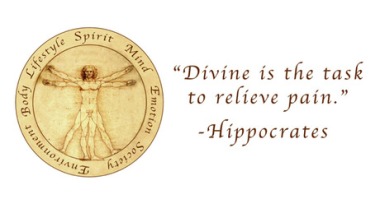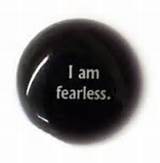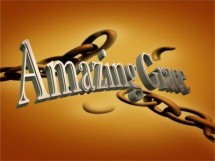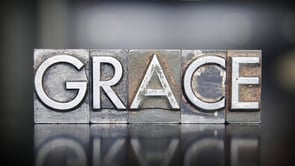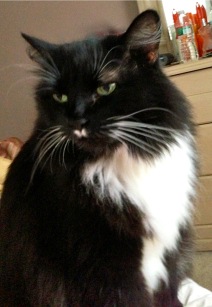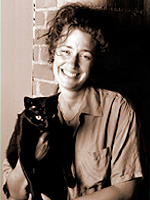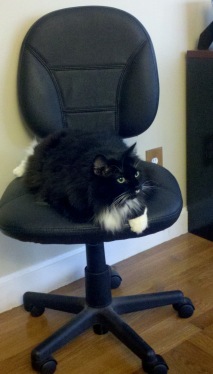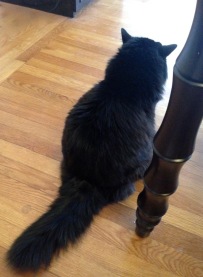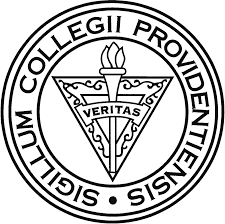
Truth. Veritas.
The motto of Providence College, the only college/university in North America of the Dominican Friars.
The sound of wooden beads gently knocking together, hidden inside folds of long woolen-like brown robes as Friar/Teachers walked the campus, holding their notebooks and books for classes they were teaching. A gentle nod and sweet smile to students, from most. Others would walk with head down, preferring to make no eye contact at all.
It was the first full year of girls on campus. Living in dorms once the bastion of boys in sport coats and ties, khaki pants and loafers.
And there we were – the girls – in our rather strange groups of three to a room – matched alphabetically, not in the fashion of today which usually means an extensive “similarity” questionnaire. So, Sullivan, Taylor, Thomas we were. Two from Rhode Island, and one from Connecticut. Two from private school. One from public school in Pawtucket. We were all Christian, Roman Catholic – that was our similarity match.
Most of the rooms on the rest of the floor were taken by girls from Catholic Connecticut high schools. Me? A public school student from Pawtucket; having lived with an extended Portuguese family. First to go to college.
I started working a work-study job in the fundraising and public relations office. Logging in donations and pledges in boxes of index cards. Always gravitating to the PR part of things. It was easy to work at this job – sometime around 3pm I’d wander in after class, and leave in time for dinner at Raymond Hall, (named for Raymond Patriarca).
About six months into my freshman year I learned that my father had left the home and a divorce was imminent. (It would take three years of courtroom trips – fighting for the sake of it – my father was not Portuguese, and always felt outnumbered by both numbers of people and the primary foreign language spoken in the house).
So, my circumstances were about to change. Dramatically. The savings bonds that had dutifully been collected by buying them one a week from grammar school on, by my mother, were in jeopardy. They were paying for my college education, in addition to scholarships due to my excellent academic standing and testing.
The bonds had been put in my father’s name. That’s just the way we did things all those years ago. And in his anger and angst, he took them. He took all of them. I suddenly had no funds to pay a bill.
I became a homeless co-ed on the campus of this prestigious, expensive, Catholic college. And no one knew.
With a first semester paid for, I took another part-time work-study job. At a hospital two buses away, in East Providence, where I would go from 4pm to 9pm. Three days a week, right after my first job. I had just enough money to buy my meal ticket and books. Scholarships would pay for the next semester.
At Christmas, I stayed alone in my dorm room, with the lights off. We were supposed to vacate the dorms so they could be cleaned. But I had nowhere to vacate to. So I stayed in the dark, literally, and quietly, in case campus maintenance people came by. Jamming the door so it could not open. I had a hot plate and some cup-a-soup (never Ramen noodles) – and bread. The library was open during times the school was closed, so I spent most days there. But nights were in darkness, less anyone find out that this homeless co-ed was living in a dorm room, in an empty building.
Summertime came soon. I found a living situation with four other people in a 2nd floor of a three tenement on Smith Street, a few blocks away. I got a job in some manufacturing company, in the kitchen, or at a check-out line, my memory is foggy on this. Buses back and forth. I made enough to just pay my share of the rent.
As August came money ran out. There was none to pay for tuition, or food, or clothes, or even buses. My scholarship would be in, in September, but how would I survive? I went to the state’s “welfare office” and applied for help. But I had to sit in a large room, and as I looked around at the moms and babies I just got up and left. Surely I could find another way.
My favorite meal – my only meal most nights – was white River rice with butter and a generous sprinkling of some fake Parmesan cheese. Occasionally I had frozen white fish for $1 a block – I wonder now – though I didn’t then – just what that was? I would offer to cook for my roommates so I could eat a little of their food – I never told them why my shelf in the refrigerator had only a pound of butter on it and some bread.
At one point I took a bus to Maine and arrived on the steps of a house where I thought a nice boy I was dating lived. I must have gone by some sort of faith that drew me there, because I had never even checked his address. I arrived. I just stayed there. Somehow I knew that this family – with 6 children – could be my safe place for a few weeks. To this day my love for the mom, and my dear nice boy who turned into a wonderful, heart-filled man, remain. The man from Maine and I went on to have 2 daughters each, with our spouses, and we both were divorced. We’ve always maintained our friendship – and sometimes more, and we talk to this day of our love for each other, a deeper love than any romance might involve.
I could go on. But the picture has been made. The next three years were hand to mouth, as they say. The kindness of one Dominican who wore white robes, and not brown, must be mentioned. He was the brother of the president – he was Father Peterson’s brother, Father Peterson. The tall slim one. Somehow he knew without words of my situation. And as the end of each year passed, he would remove some of the charges on my bill.
In my final months I was struck by a car leaving my hospital job going to the bus stop. I crushed my hip and pelvis and never completed my final days on campus – never walked the stage for graduation. But Father Peterson was there, helping always.
Ten years. That’s what it took to pay back my education. Probably as much interest as principle. But each payment was made with a thank-you to this small (at the time) soulful college that knew I needed help, and I didn’t fill out a form, or tell my story too completely, to anyone. I didn’t match the PC co-ed from Connecticut profile, whatsoever. Sometimes I think not knowing what to do about me was my salvation.
I had my pride. Big Portuguese pride. I would “make it”; of that I had no doubt. It is the same feeling I’ve had all my life. Through trials; ridiculous job situations; a divorce; money challenges. I would make it – because, well, what else would I do but make it? It was simply not an option not to.
I tell this story in my later years – not even my family has heard it. I tell it in the spirit of a liberal arts education, the kindness of men in robes with the sound of wooden rosary beads that comforted me on hot summer days, as I sat wondering if that dorm door would still be ajar when I got back to it, so I could put my head down and wonder what my life would be like. I tell it to inspire others to look inward – first – rather than outward – for help. And never walk away without a plan to pay it back – even if it takes you a decade.
As PC says, “the search for truth is the basis for dialogue with others and critical engagement with the world”. My story is far less than many people’s story of hardship. Far, far less. But it is my truth. And the core of who I am. It is my veritas, and in that spirit, I share it.





